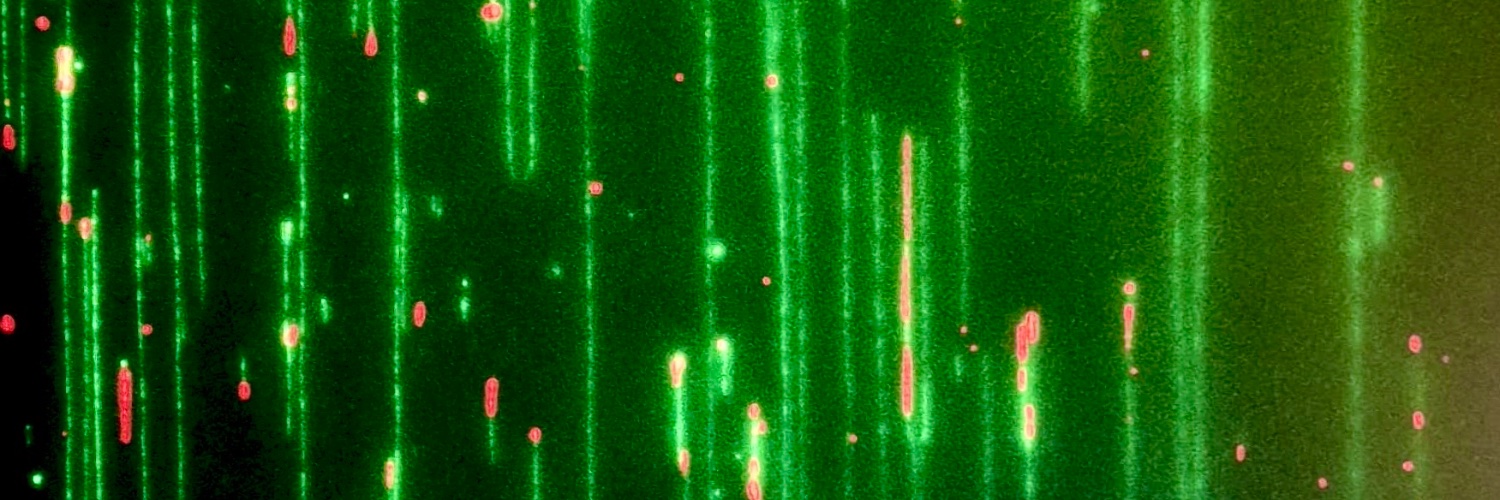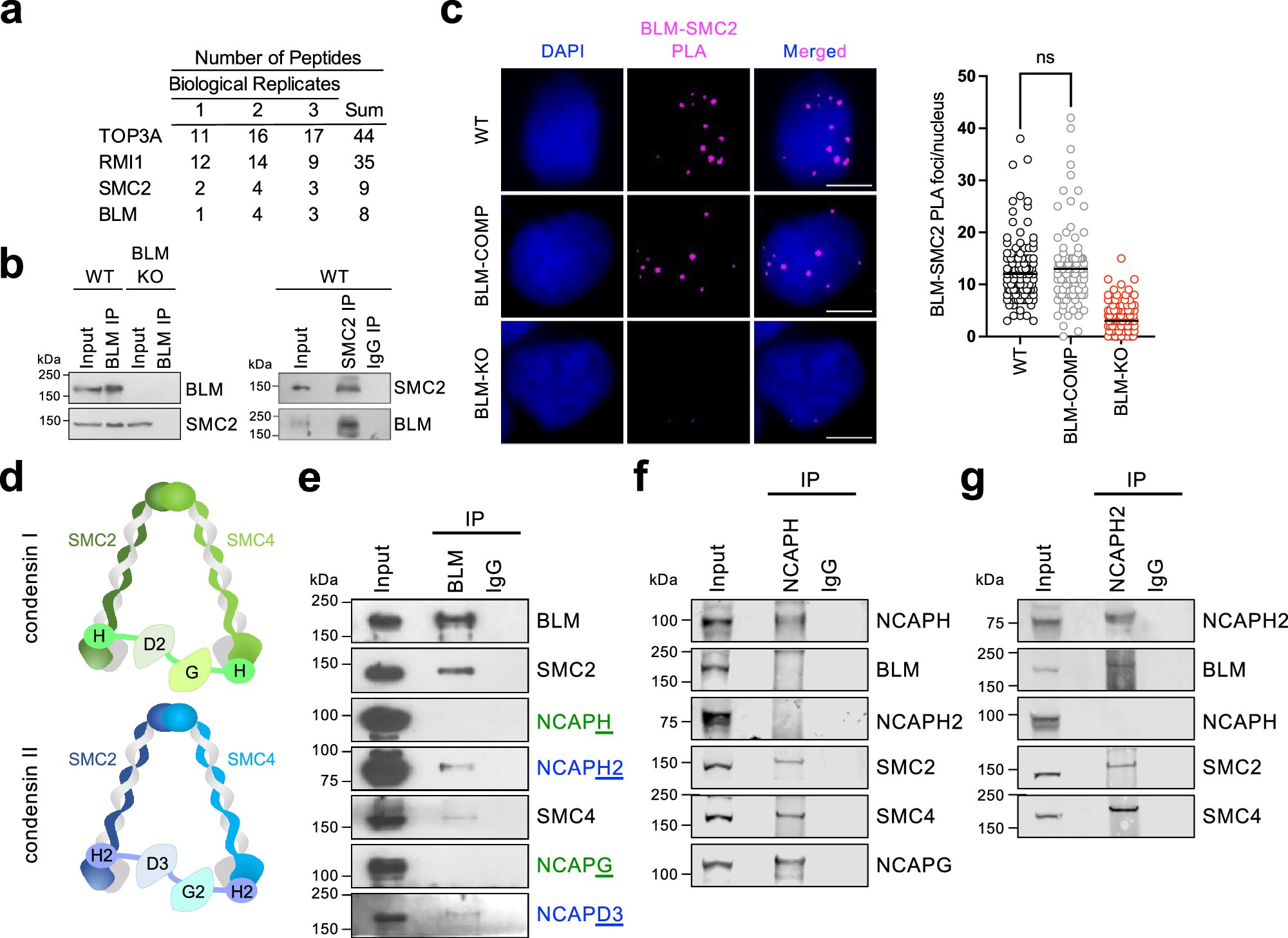
Kristina Schmidt
@Schmidt_Lab_USF
Deciphering molecular mechanisms of genome instability in human cells and yeast. Bloom syndrome & BLM, DNA replication & repair, disordered protein function.
The spindle assembly checkpoint in #yeast has been implicated in promoting large chromosomal arrangements, which can cause cancer. A new #GENETICS study revisits this observation, finding it originated from an experimental artifact & does not hold true. bit.ly/3Nc7NJe
Direct detection of 8-oxo-dG using nanopore sequencing. #DNAmodifications #Nanopore #Sequencing @nanopore @NatureComms nature.com/articles/s4146…
In our latest paper, we uncover condensin II as a novel BLM interactor critical for genome stability in S phase. Condensin II contributes to BLM localization at active forks and undergoes a transient structural change in S phase.nature.com/articles/s4200…

Are you ready the 2nd half of 2025? Social DNAing is! Checkout who is coming to Social DNAing! Sign up at cancer.columbia.edu/research/progr…. Please re-twitte
BREAKING NEWS: The @USFHealth Morsani College of Medicine is the #1 medical school in Florida — and the only program in the state to earn a Tier 1 ranking from @usnews. This places @USouthFlorida among the Top 16 medical schools nationwide.🤘#GoBulls ➡️ bit.ly/MCOMranking
Our new preprint is now on bioRxiv! 📄 We introduce qAID, an AI-based workflow for automated analysis of DNA replication dynamics. Glad to have contributed a small part to this study.
Quantitative AI-based DNA fiber workflow to study replication stress biorxiv.org/content/10.110… #biorxiv_cellbio
Osteosarcoma, an aggressive bone cancer, most commonly affects children and young adults. New research solves the mystery of what drives the genomic rearrangements causing the aggressive development and evolution of osteosarcoma tumours. ebi.ac.uk/about/news/res…
RAD52 dominates DNA repair at #centromeres over RAD51 & NHEJ's factors, leading to apoptotic cell death. Centromeric DSBs reveal nuanced repair pathway choices. #genomics #research PMID:39360606, Nucleic Acids Res 2024, @NAR_Open buff.ly/4f7vVIx
2/2 To learn more about our lab see our homepage: ochslab.org We are an international, multidisciplinary lab focussed on genome stability maintenance & 3D chromatin. Happy to be contacted with any questions you might have about this job. / Fena
1/2 We’re hiring a Postdoc to join us at the University of Copenhagen. Are you fascinated by 3D chromatin function and super-resolution microscopy? Then this might be the job for you. Start date 1st of April 2025, starting salary 4700 Euro/month. candidate.hr-manager.net/ApplicationIni…
📣 Excited to share our latest review on 53BP1’s function in replication stress, its role in fork protection, and the significance of 53BP1 nuclear bodies in this context! sciencedirect.com/science/articl…
Our study on how the human MCM2-7 helicase is loaded onto replication origins 🧬 is now online @Nature! 🎉 Our findings reveal that unlike in yeast, human MCM loading does not require ORC6 and can occur through multiple pathways. Read more here: rdcu.be/d1F6S
Our article "MCM double hexamer loading visualized with human proteins" published in Nature today! ❄️🔬🧬🎉🥳 Great collaboration with John Diffley's lab. Congratulations to Florian Weissmann, Julia Greiwe and all other authors! rdcu.be/d1F7m
Assistant and Associate Professor positions available at UPENN's Basser Center for BRCA . Great opportunity to be part of an amazing scientific environment. Assistant Level: apply.interfolio.com/155257 Associate Level : apply.interfolio.com/155258
Thrilled to share our new work @biorxivpreprint: biorxiv.org/content/10.110… Our Repli-Histo labeling marks nucleosomes in euchromatin and heterochromatin in live cells. We reveal genome chromatin is essentially replicated from regions with greater nucleosome motions. 1/2
The 2024 Nobel Prize in Physiology or Medicine has been awarded jointly to Victor Ambros and Gary Ruvkun "for the discovery of microRNA and its role in post-transcriptional gene regulation.” Nature Portfolio presents this Collection to celebrate the award. go.nature.com/4eA5Nq2
Crossing the border: Replication fork adducts move to lysosomes for autophagic repair dlvr.it/TFYyjJ
Scientists have designed a new form of insulin that can automatically switch itself on and off depending on glucose levels in the blood go.nature.com/3Yr6Lzs
Postdocs and grad students! Don't forget to register for the 2025 @GordonConf GRS on Mammalian DNA Repair on Feb 1-2! @LabLegube is our amazing keynote speaker! grc.org/mammalian-dna-… Help us spread the word by RTing!
I am super excited to show our work, now published in NAR @NAR_Open, on the structural function of SLF1 at the stalled replication fork. @AstburyCentre @ScienceLeeds academic.oup.com/nar/article/do…